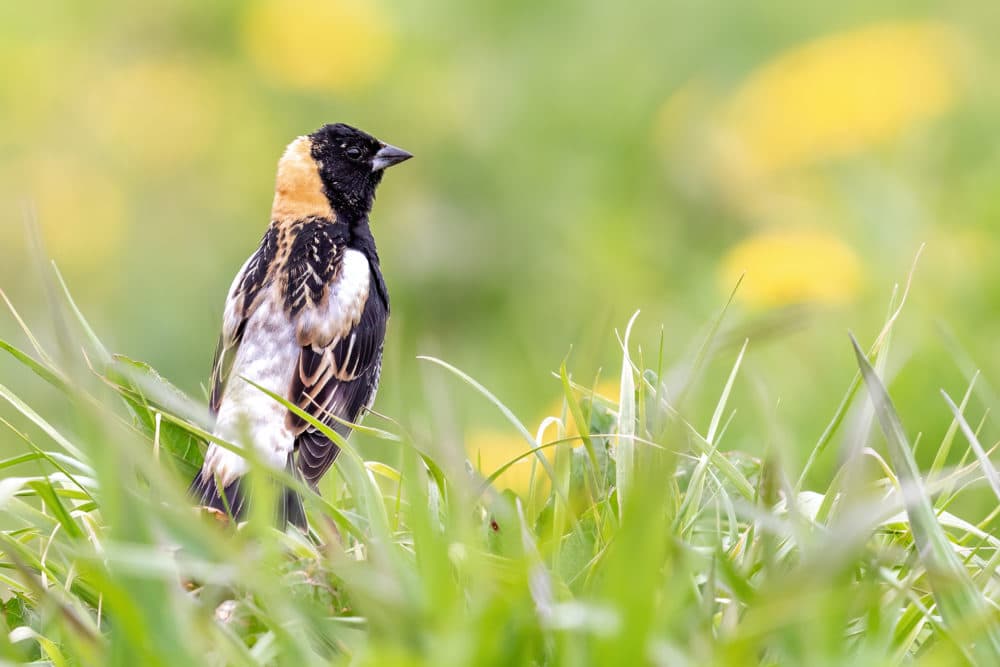Advertisement
Report: Bird populations in decline across U.S., Mass., some species near ‘tipping point’

Bird populations are declining rapidly in the U.S., including 22 species that live in or pass through Massachusetts, according to a report released Wednesday.
The U.S. State of the Birds 2022 report introduces a “tipping point list,” identifying 70 species at risk of becoming endangered. These species have already declined by at least 50% and could lose another half of their population in the next 50 years, according to researchers.
“What we mean by tipping point is they're on that slide toward becoming endangered,” said Ken Rosenberg, one of the study's authors and a retired scientist from Cornell University.
“We've maybe been too complacent and just sort of take for granted that there's always going to be these beautiful birds singing out in the yard or in the park," he said. "And it's getting to the point where that might not be true.”
One of the birds reaching a tipping point is the bobolink — a small black and white bird with yellow feathers on the back of its head found in pastures in Massachusetts. Bobolinks have lost about 60% of their population since 1970 when the survey began. In the last decade alone, researchers estimate the bobolink population declined by 25%.
Bobolink and other grassland birds are suffering largely due to habitat loss from housing development and use of pesticides.
“[The bobolink has] just been declining so steeply that we're worried it could disappear from the northeastern states completely,” Rosenberg said.
Grassland birds and shorebirds have suffered the most losses, the researchers found. Some of the affected shorebirds migrate through Massachusetts, including the Hudsonian Godwit, Ruddy Turnstone and Semipalmated sandpiper.
Birds depending on forests and arid lands are also decreasing in numbers. Waterfowl, such as ducks and geese, saw an increase in population thanks to wetland conservation efforts.
Advertisement
Individuals can help
Rosenberg said people can help protect birds by supporting conservation policies and organizations. Two big causes of bird deaths in the U.S. are glass windows and cats allowed outdoors, so a few simple changes at home could make a big difference, he added.
“It's not just the big glass, high-rise buildings in the cities that are killing birds," he said. "The largest number of birds are actually killed by residential windows."
Here is a list of how you can help the birds, created by the scientists at Cornell University. The university also offers a free app to help identify birds by appearance and bird call all over the world, called Merlin Bird ID.
